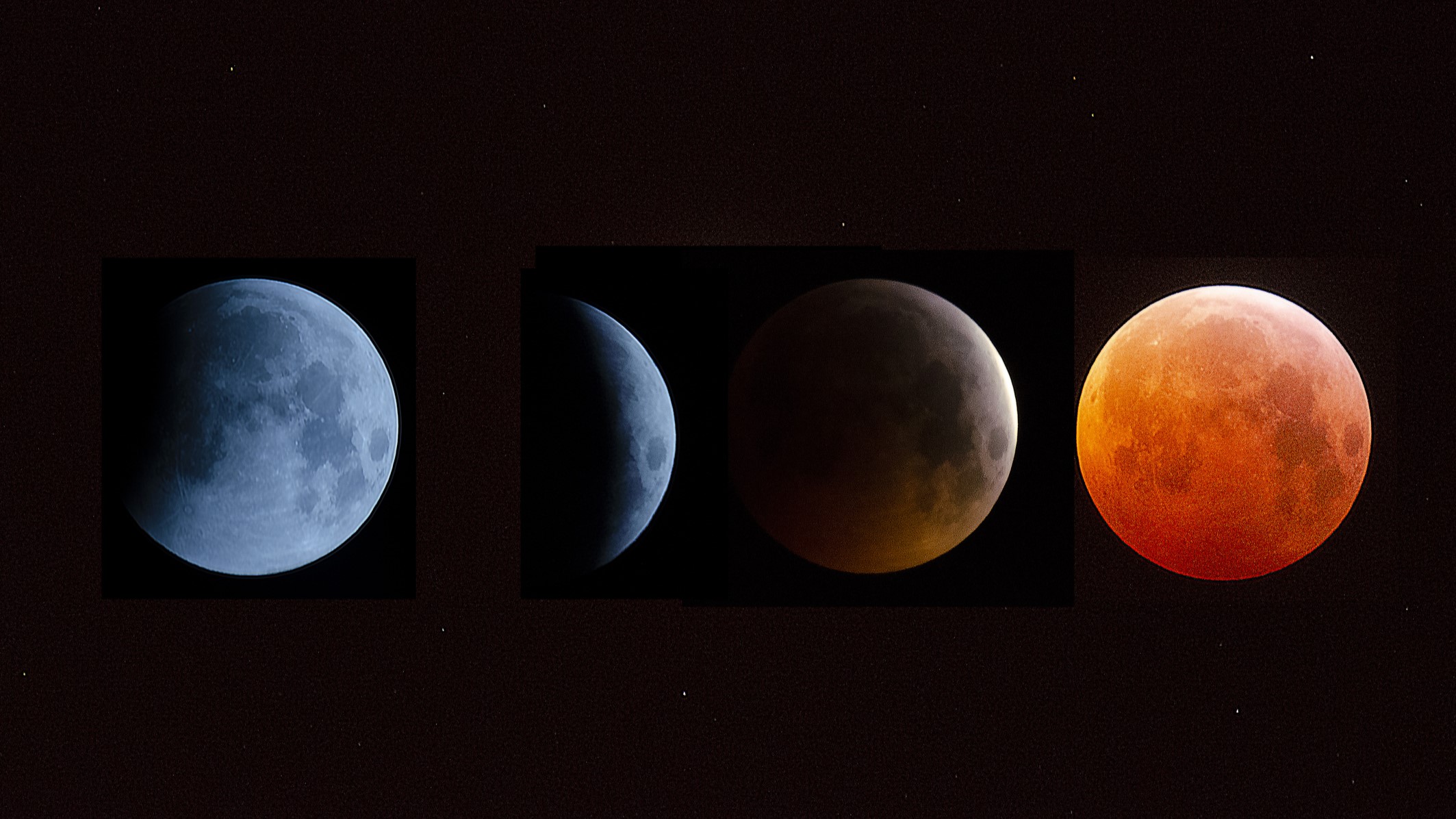Curvy sides, flat edges: The Galaxy S25 and the arbitrary shape of smartphones
This year, Samsung unified the design language of its S-series flagships, making the S25, S25+ and the S25 Ultra look and feel the same (barring the camera). The curving sides of the S24 Ultra are finally gone, replaced with the solid, squared-off lines seen on the cheaper Galaxy S handsets. Flatter sides make the device easier to grip, slide into your pocket, or prop up when you’re trying to photograph them for a tech website. I’ll be honest, they look like iPhones. And older Galaxy S phones. And, well, even older iPhones. Smartphones have hopped from flat to curves for as long as smartphones have existed. Samsung With Samsung, we’ve gripped onto rounded sides from the debut of Galaxy S (2010) through to 2015. Then, the Galaxy S6 (2015) had more flattened sides before the series returned to curves for the S8 (2017). It stayed that way until the more recent S24, with recent years gradually hammering out those curves. The S25 series, now, has flat sides for every model. Are flatter sides actually easier to grip? I don’t know. I’m a hypocrite. I’ve found multiple reviews and impressions pieces where I love flat sides. I’ve found the same number of stories where I loved curved devices. Why should you ever believe me again? I’m sure there are tech journalists who have stuck with one form factor being better, but I couldn’t find them. Engadget Each time it happens and the company explains its change, the designers say this lack of curves/ introduction of curves is better than whatever it was last year. In an interview with Vanity Fair in 2024, Jony Ive said that Apple chose rounded edges for the iPhone 6 series because they made larger phones feel less clunky. That was when the iPhone 6 Plus had a heady 5.5-inch screen, which seems… quaint in 2025. My theory is that our hands get used to whatever phone form factor we’ve used for the last couple of years. That means when the design gets shaken up (or you swap to a different manufacturer), one has to pay more attention to holding it. But that effect fades. If the two most significant, most influential phone makers have settled on flat sides, then there are reasons for it. Until there’s an even bigger reason to return, once again, to curves.This article originally appeared on Engadget at https://www.engadget.com/mobile/smartphones/curvy-sides-flat-edges-the-galaxy-s25-and-the-arbitrary-shape-of-smartphones-130047461.html?src=rss

This year, Samsung unified the design language of its S-series flagships, making the S25, S25+ and the S25 Ultra look and feel the same (barring the camera). The curving sides of the S24 Ultra are finally gone, replaced with the solid, squared-off lines seen on the cheaper Galaxy S handsets. Flatter sides make the device easier to grip, slide into your pocket, or prop up when you’re trying to photograph them for a tech website.
I’ll be honest, they look like iPhones. And older Galaxy S phones. And, well, even older iPhones. Smartphones have hopped from flat to curves for as long as smartphones have existed.
With Samsung, we’ve gripped onto rounded sides from the debut of Galaxy S (2010) through to 2015. Then, the Galaxy S6 (2015) had more flattened sides before the series returned to curves for the S8 (2017). It stayed that way until the more recent S24, with recent years gradually hammering out those curves. The S25 series, now, has flat sides for every model.
Are flatter sides actually easier to grip? I don’t know. I’m a hypocrite. I’ve found multiple reviews and impressions pieces where I love flat sides. I’ve found the same number of stories where I loved curved devices. Why should you ever believe me again? I’m sure there are tech journalists who have stuck with one form factor being better, but I couldn’t find them.
Each time it happens and the company explains its change, the designers say this lack of curves/ introduction of curves is better than whatever it was last year. In an interview with Vanity Fair in 2024, Jony Ive said that Apple chose rounded edges for the iPhone 6 series because they made larger phones feel less clunky. That was when the iPhone 6 Plus had a heady 5.5-inch screen, which seems… quaint in 2025.
My theory is that our hands get used to whatever phone form factor we’ve used for the last couple of years. That means when the design gets shaken up (or you swap to a different manufacturer), one has to pay more attention to holding it. But that effect fades.
If the two most significant, most influential phone makers have settled on flat sides, then there are reasons for it. Until there’s an even bigger reason to return, once again, to curves.This article originally appeared on Engadget at https://www.engadget.com/mobile/smartphones/curvy-sides-flat-edges-the-galaxy-s25-and-the-arbitrary-shape-of-smartphones-130047461.html?src=rss
What's Your Reaction?






























_Elena_Uve_Alamy.jpg?#)



.png?width=1920&height=1920&fit=bounds&quality=80&format=jpg&auto=webp#)

















































